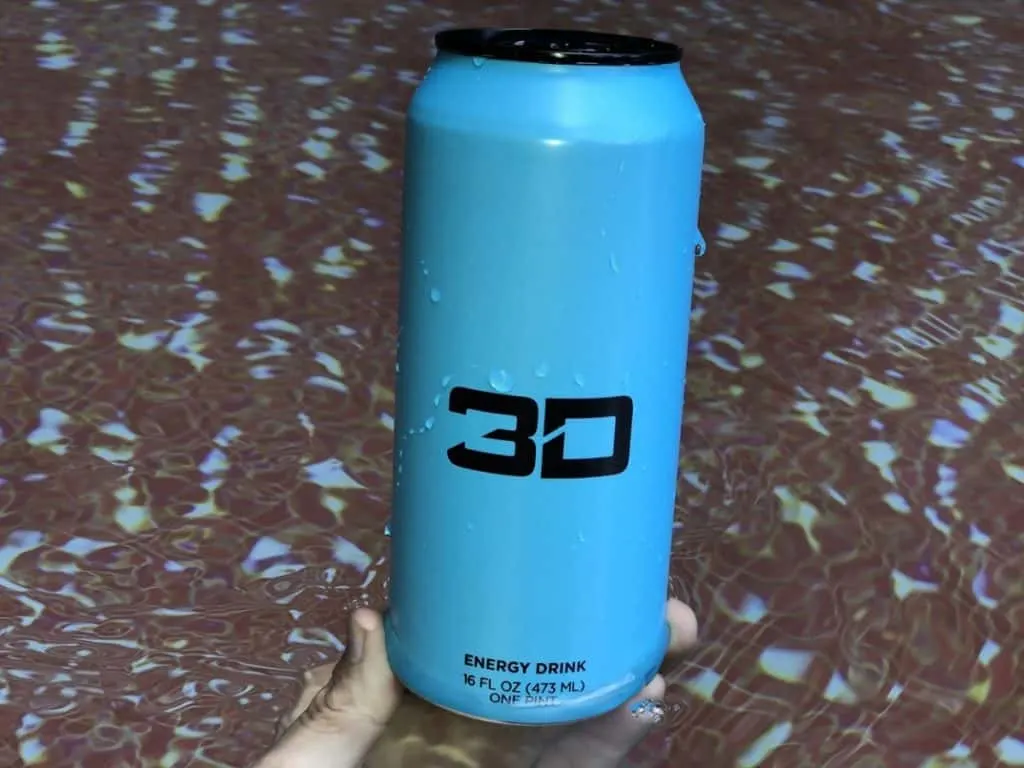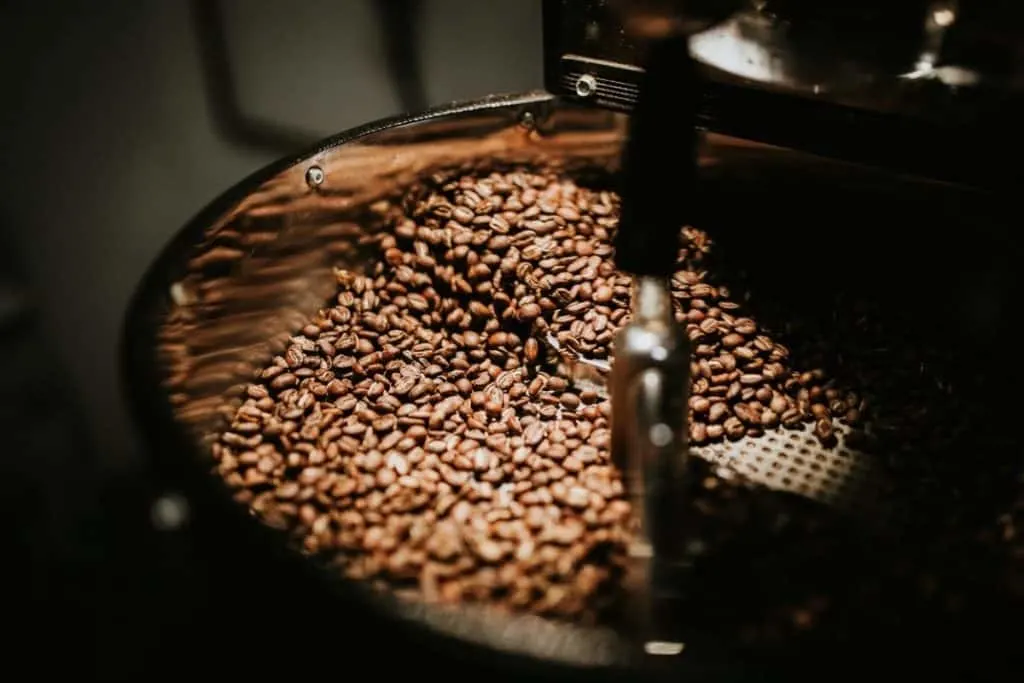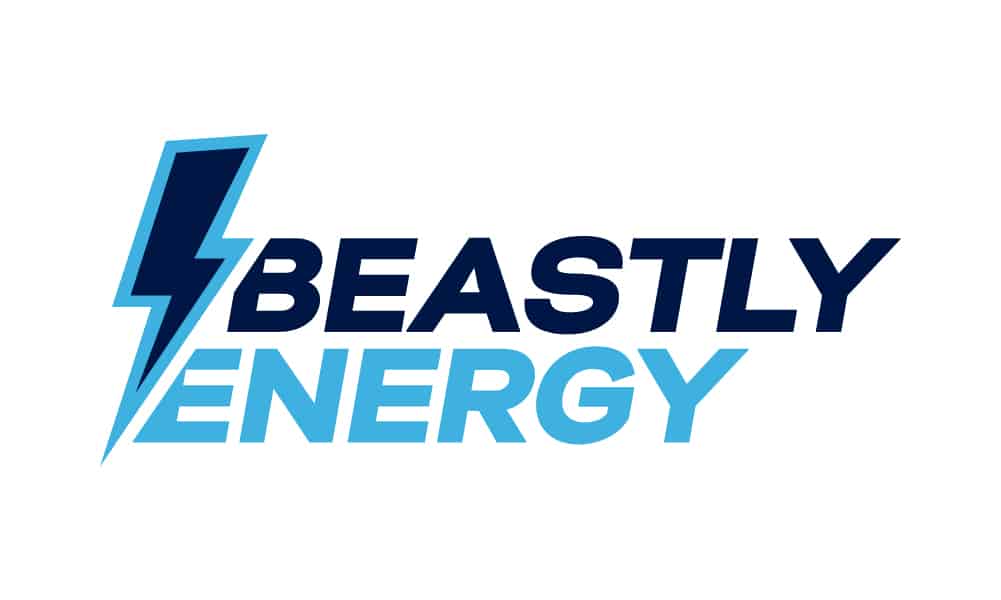Since the launch of 3D Energy, we’ve heard many good things about it as an energy drink. Besides being owned and endorsed by a fitness celebrity, it also has a variety of flavors to choose from.

Not bad, for a brand competing against a lot of older and more popular brands.
Personally, I’d rate it 9 out of 10. Besides tasting great, it’s also a solid choice for people who adhere to alternative diets (like vegan and gluten-free).
What do I mean when I say those? Read on and find out!
Contents
3D Energy Nutrition Facts

Here’s an example of what you can find at the back of a 3D Energy can:
| Nutrient | Amount per serving (16 fl.oz) |
| Calories | 15 |
| Total Fat | 0g |
| Saturated Fat | 0g |
| Trans Fats | 0g |
| Cholesterol | 0g |
| Sodium | 250mg |
| Total Carbohydrates | 7g |
| Dietary Fiber | 0g |
| Total Sugar | 0g |
| Sugar Alcohol | 2g |
| Protein | 0g |
| Vitamin D | 0% |
| Iron | 0% |
| Niacin (Vitamin B3) | 140% |
| Vitamin B12 | 140% |
| Vitamin B6 | 140% |
| Pantothenic Acid (Vitamin B5) | 140% |
| Calcium | 0g |
| Potassium | 0g |
Sugar Content in 3D Energy
3D Energy is sugar-free. Its flavor comes from artificial sweeteners instead. In 3D, these are Acesulfame Potassium (Ace-K), Sucralose, and Sugar Alcohol.
Artificial sweeteners are what companies use to sweeten their sugar-free products. Despite what the name might imply, artificial sweeteners are actually several times sweeter than regular sugar most of the time.
For example, sucralose can be up to 600(!!) times sweeter than the sugar it replaces.
An additional benefit to using artificial sweeteners is that they don’t add to a product’s caloric content either. This is how 3D keeps its calorie content low without compromising the experience of drinking its energy drink. Nifty, right?
They’ve been declared safe by the FDA, too.
That said, there are many who are critical of the use of artificial sweeteners. Those people claim that artificial sweeteners are linked to a number of potential health problems including (but not limited to) cancer. However, the results are inconclusive as of writing.
Still, they do have a point: you shouldn’t have too many artificial sweeteners in your diet.
Even if you don’t end up in the worst possible scenario, consuming too many artificial sweeteners can disrupt the balance of your gut bacteria.
If that happens, you can experience:
- Metabolic problems
- Sleep problems
- Weakened immune system
Taking a lot of artificial sweeteners won’t necessarily make these health consequences inevitable. So there’s no need to get paranoid over realizing how common they are as ingredients.
Calories in 3D Energy
Each can of 3D Energy has 15 calories in it. If you go by a 2000 calorie per day diet, then this is less than 1% of what you need every day.
To clarify, calories are a measure of the amount of energy you get from the food and drink you consume. These calories usually come from the sugar, fat, and carbohydrates in the product. Whatever energy you take in but don’t burn by the end of the day gets stored as body fat.
Since your body needs calories for energy, you can’t possibly avoid them if you want to keep a healthy diet. The recommended consumption is 2000 a day for women and 2500 for men.
Though if you want a diet tailored to your specific needs, you should know that there’s more to caloric intake than just this. 2000 to 2500 calories are the recommended numbers for most people’s diets, but the truth is that there are a lot of factors to be considered.
Here are some of the things that affect how many calories you need in a day:
- Age
- Lifestyle
- Body size
- You health status
- Production of thyroid hormones
- What medicines you’re also taking
Based on this, it’s safe to say 3D Energy is low in calories by any standard. That makes it a good choice of energy drink for anyone looking to cut down on the calories and lose weight.
3D Energy Drink Ingredients
Here’s what you can find on 3D’s ingredients list:
- Taurine
- Guarana seed extract
- L-Carnitine tartrate
- Glucuronolactone
- Inositol
- Panax Ginseng root extract
- Carbonated water
- Erythritol
- Citric acid
- Malic acid
- Sodium nitrate
- Natural flavors
- Artificial flavors
- Sucralose
- Sodium benzoate
- Potassium sorbate
- Acesulfame potassium
- Gum acacia
- Niacinamide
- D-Glucuronolactone
- Sodium chloride
- Calcium D pantothenate
- Pyridoxine hydrochloride
- Blue #1
- Cyanocobalamin (vitamin B12)
3D Energy Caffeine Content

A can of 3D Energy has 200mg of caffeine.
For a bit of context, that’s an average of 12.5mg per fl. oz.
That’s half of the recommended daily caffeine limit, which is 400mg. According to Mayoclinic, that’s around 10 cans of Coca-Colas or 2 energy drinks.
In practice, that makes 3D a good supplement you can count on for your second wind at work or school. This is because drinking caffeine has can improve memory and decrease fatigue while it’s active.
It’s not short on helping physical performance either, since caffeine can also improve reaction times and attention span. That’s why a lot of pre-workouts are loaded with caffeine and other substances with common effects.
Don’t get too lost on the benefits though; too much caffeine is still bad for your health.
You’ve probably heard this before, but I think it’s worth repeating here: too much caffeine will ruin your sleeping patterns.
Caffeine works by blocking adenosine, which is a sleep hormone that your body releases during the day. And yes, this is what’s responsible for the energy-boosting effects we know caffeine for.
So although it’s not a bad thing in itself, the adenosine-blocking effects can easily give you serious insomnia if you drink 3D Energy or coffee too close to bedtime.
Here are other possible side-effects of too much caffeine:
- Headache
- Anxiety
- Irritability
- Frequent urination
- Palpitations
- Muscle tremors
Caffeine has an average half-life of 3-6 hours depending on how sensitive your body is to caffeine and how much you drank.
Within 3 to 6 hours after you drink 3D, that 200mg of caffeine in your bloodstream will be down to 100mg. Then it’ll be gone after 6 to 12 hours.
Is 3D Energy Vegan?
3D Energy is technically vegan because it contains zero animal by-products in its ingredients. However, it has artificial sweeteners and food coloring, which is believed to have been tested on animals.
This means animals are often used to perform experiments that see how safe it is for consumption.
Meanwhile, Sucralose in particular is infamous for this. There have been reports on this being tested on animals, too such as dogs, monkeys, and mice. These experiments also resulted in the animals’ deaths.
The same can be said for the food colorings. They’re made in labs with chemical reactions, but often get tested for safety on animals.
For people who are only into the health side of veganism, this might not be much of an issue. But for those who are into veganism for the ethical aspect, this would definitely be a deal-breaker.
Is 3D Energy Gluten-Free?
3D Energy is gluten-free. However, it was manufactured in facilities that regularly come into contact with gluten-containing products like wheat. This is important since preventing cross-contamination is key in following a gluten-free diet. More so if you’re doing it for health reasons.
For reference, cross-contamination is when being handled with the same tools or in the same area causes normally gluten-free products to pick up trace amounts of gluten from others.
This may not seem like much of a big deal, but it could be dangerous for people with conditions that need to be managed with specific diets.
Does 3D include any creatine?
Taurine, caffeine, Panax root extract, l-carnitine tartrate, inositol, and guarana seed extract are all part of 3D’s special energy mix, but there’s no creatine, CoQ10, or additional amino acids as there are in Bang’s product.
Drinking a 3D Energy Drink may give you the boost you need to get through the day, whether it’s the first thing in the morning, the middle of the day, or just before you hit the gym. There is 200mg of caffeine and 1.5g of a special combination of other ingredients including guarana, glucuronolactone, inositol, glucuronic acid, and carnitine tartrate in each can or bottle.
Why is creatine not a drug?
Creatine, a naturally occurring chemical that provides energy to the muscles, is thought to boost lean muscle mass and aid in the body’s post-workout recovery. It’s not banned as some other boosters are, and the World Anti-Doping Agency doesn’t consider it a PED.
Although creatine supplements don’t seem to pose any significant health risks when used as directed, they may cause major problems when used in excessive amounts. Creatine, a necessary metabolic intermediate, may be blocked in high concentrations, which might have other negative effects on the body.”
3D Energy Drink Flavors
Earlier, I mentioned 3D Energy having many delicious flavors for you to choose from while shopping.
These flavors are:
- Blue
- Red
- White
- Red, White, and Blue
- Gold
- Green
- White
- Chrome
- Orange
- Purple
If you’re curious about what to expect from these flavors, here’s a fun taste testing video you can look at. Here, a fitness Youtuber gives his honest opinion on 3D energy drinks and tastes a couple of the flavors on camera.
He starts with Gold (Pina Colada), then goes for Chrome. After that, everything else is left to Instagram.
How Long Does it Take for 3D Energy to Kick In?
It takes 10 minutes for 3D Energy to take effect. Considering its formula, I think it’s safe to say this is mostly because of the caffeine.
As mentioned, 3D Energy has high caffeine content and works by blocking adenosine. Caffeine acts quickly after you consume the product and your body begins processing it.
Within 30-60 minutes, you’ll have peak levels of it in your bloodstream. From there, it’ll start working towards its half-life before getting worked out completely.
In addition to this, 3D’s formula is a combination of caffeine with a lot of other energy-boosting substances like taurine, inositol, and synthesized B-vitamins. So it’s honestly not too surprising that it acts even faster than your average cup of coffee.
Final Thoughts
3D is a solid energy drink. It’s sugar-free, has few calories, and is loaded with things that can give you the extra push you need to get through the day.
These make it a great fit for highly specific diets like the vegan diet and gluten-free diet. Though as far as the vegan diet is concerned, it’s not perfect.
It also has a nice assortment of fruity flavors represented in colors like red, white, green, blue and so on.
All in all, it has a wide appeal that makes it easy to recommend to anyone who might want to get into energy drinks or find a coffee alternative.
If you ask me, I’d definitely tell you to try it. The tastes are unique and the fact that it’s one of the healthier energy drinks around makes it worth the money. It’s even one of the few you can safely drink every day!
But of course, that’s only going to work if you drink 3D in moderation. The sugar content and calories are far from a red flag, but the caffeine content could still be a problem depending on what else you eat and drink throughout the day.
If you have any additional questions, don’t hesitate to go consult with your doctor or dietician to learn more about these things.
They’ll also be able to help you figure out some of the more specific things mentioned here. By that, I mean things like how many calories you need in a day based on your needs and how sensitive you are to caffeine.
If you have any health conditions that might complicate incorporating energy drinks into your diet, they can help you find the right brands or alternatives too.
Energy drinks are awesome for being tasty ways to stay energetic during the day, but they’re not worth your health.
